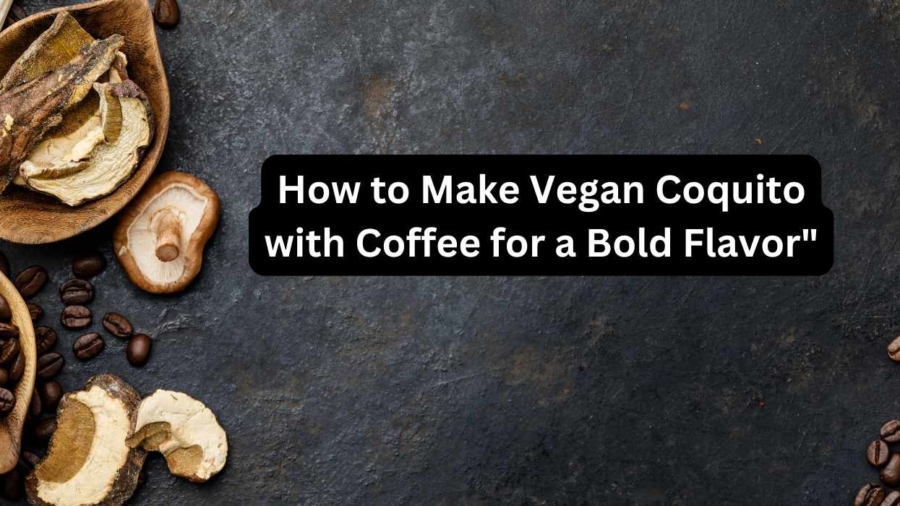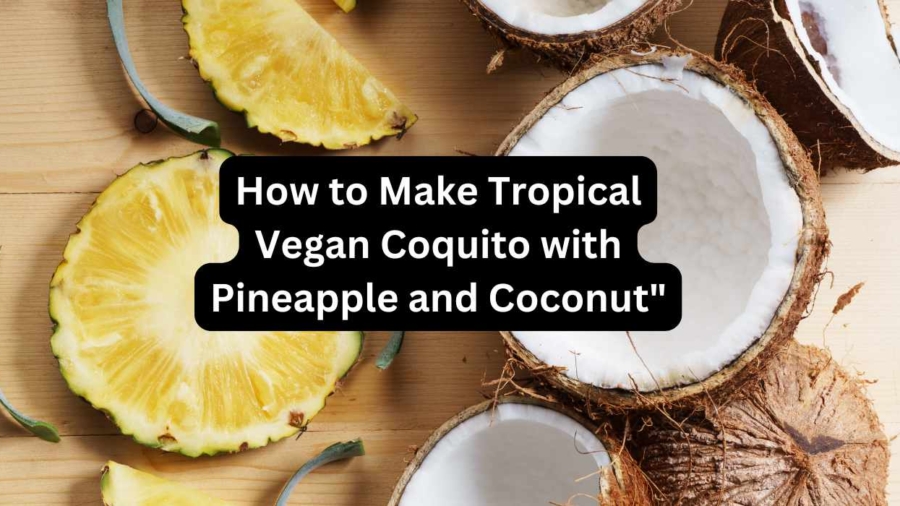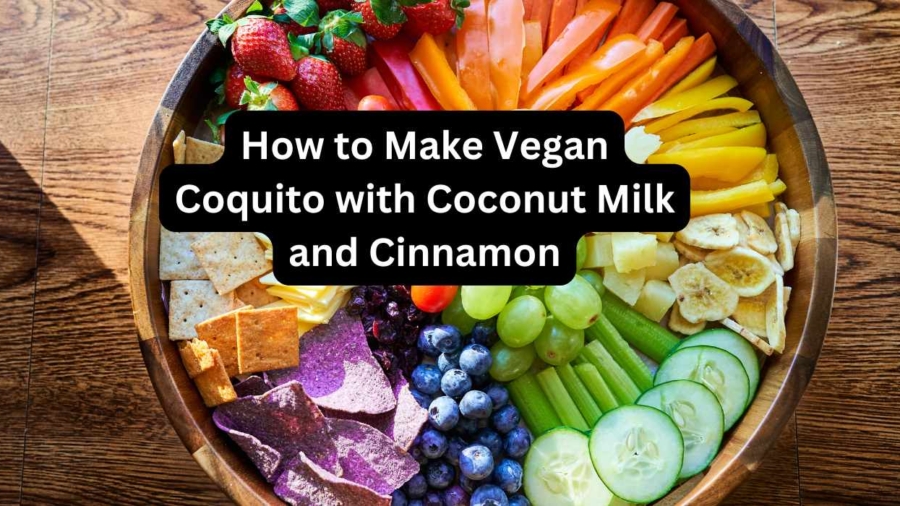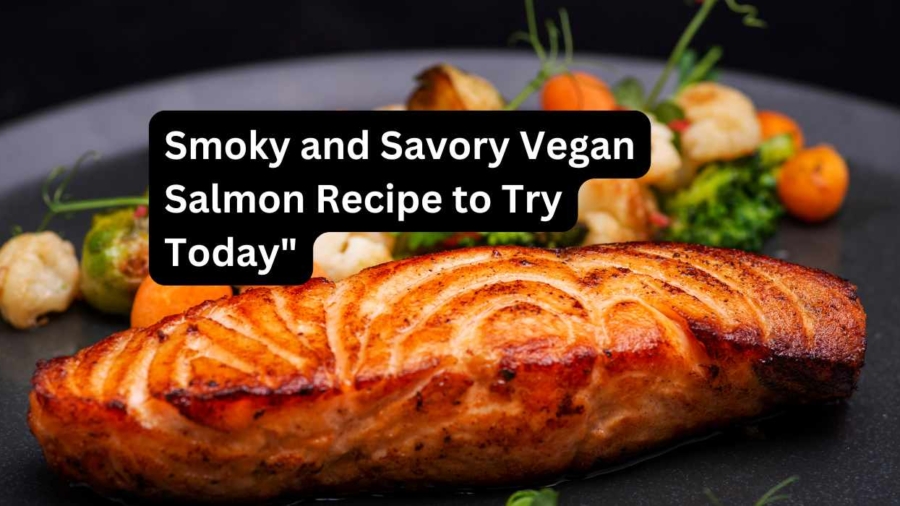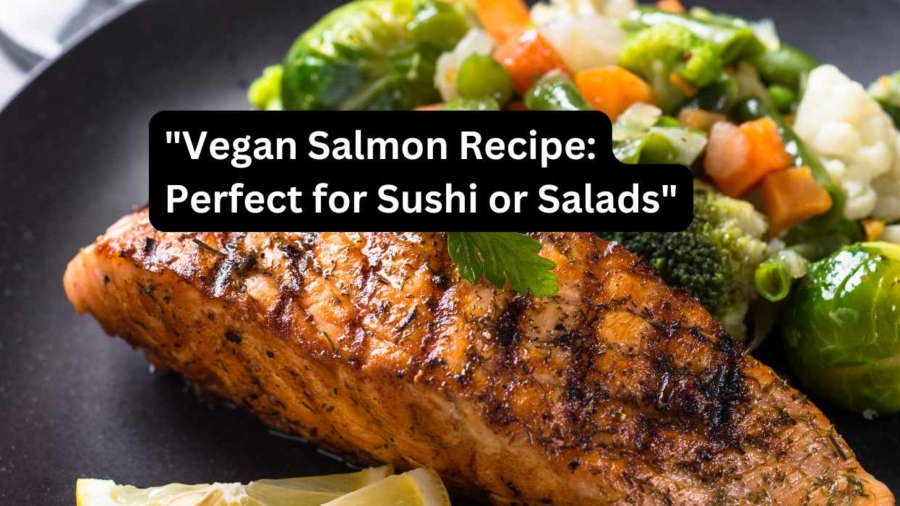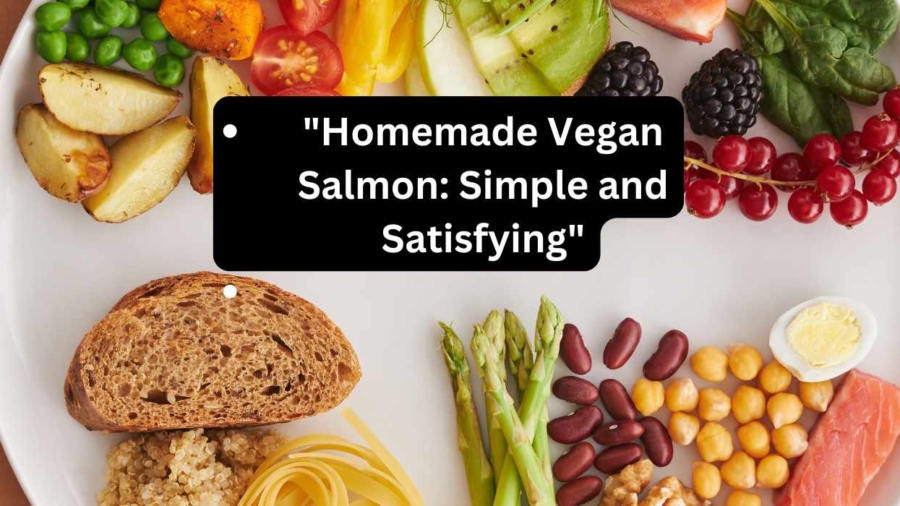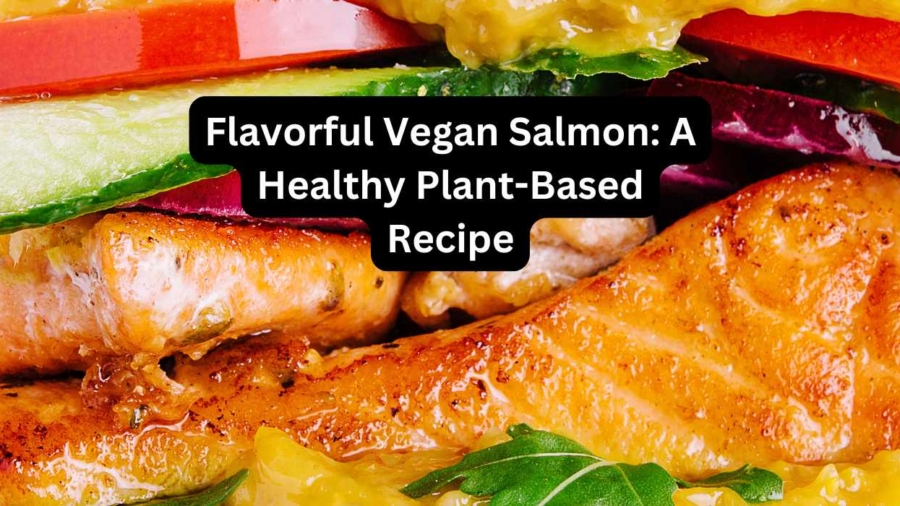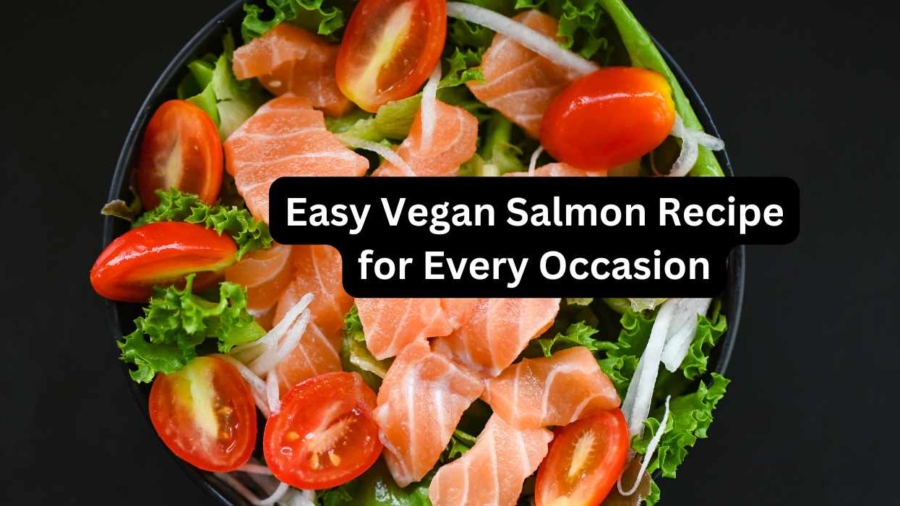Coquito is a beloved Puerto Rican drink typically enjoyed during the holiday season, known for its rich and creamy coconut base. This Vegan Coquito with Coffee variation adds a bold, deep flavor that perfectly balances the sweetness of coconut with the robust notes of coffee. Whether you’re a coffee lover or just looking to spice up your Coquito recipe, this version is sure to become a new favorite.
Why You’ll Love Vegan Coquito with Coffee
This Vegan Coquito with Coffee is a unique twist on the traditional Coquito. The coffee adds an extra layer of richness, making it a perfect drink for any occasion, especially holiday gatherings or cozy evenings. The creamy coconut and warm spices pair beautifully with the coffee’s bold flavor, creating a smooth and decadent treat that’s both comforting and energizing. Plus, it’s completely plant-based, so everyone can enjoy it!
Ingredients for Vegan Coquito with Coffee
For the Coquito Base:
- 1 can of full-fat coconut milk (13.5 ounces) –
Description: This is the key base ingredient for the Coquito, providing a rich, creamy texture and the signature coconut flavor that’s central to the drink. Full-fat coconut milk gives the Coquito its indulgent consistency, making it smooth and luscious. - 1/2 cup coconut cream –
Description: Coconut cream enhances the richness of the Coquito, thickening the texture and making the drink even more luxurious. It’s perfect for those who love their Coquito extra creamy. If you can’t find coconut cream, you can use additional coconut milk, but the cream adds the ideal texture. - 1/2 cup strong brewed coffee (cooled) –
Description: Coffee adds a bold, caffeinated twist to the classic Coquito, making this version a flavorful fusion of tropical and coffeehouse tastes. It brings depth and complexity to the drink, balancing the sweetness and coconut richness. Make sure the coffee is cooled before adding it to the mixture to prevent curdling. - 1/2 cup maple syrup or agave syrup –
Description: Maple syrup (or agave syrup) serves as the natural sweetener in this recipe, ensuring the Coquito has the perfect level of sweetness without refined sugar. Maple syrup also adds its own subtle, caramel-like flavor, which pairs wonderfully with the coconut and coffee. - 1 teaspoon ground cinnamon –
Description: Ground cinnamon is an essential spice that imparts warmth and coziness to the Coquito. It adds a festive, aromatic quality that balances the creaminess of the coconut and the boldness of the coffee. - 1/2 teaspoon ground nutmeg –
Description: Nutmeg enhances the overall flavor profile of the Coquito, offering a deeper, spiced warmth that pairs well with cinnamon. Nutmeg complements the sweetness of the maple syrup and adds a nice complexity to the drink. - 1/2 teaspoon ground cloves –
Description: Cloves bring an earthy, aromatic flavor that deepens the spiced notes of the Coquito. It’s a warm spice that blends beautifully with cinnamon and nutmeg, adding a distinctive layer to the overall flavor. - 1 teaspoon vanilla extract –
Description: Vanilla extract adds a touch of sweetness and a subtle flavor that rounds out the spices and balances the rich coconut creaminess. It provides a lovely depth to the drink without overpowering the other flavors. - 1/4 cup white rum (optional) –
Description: White rum is optional, but if included, it provides a classic Coquito kick. It adds a slight boozy warmth that enhances the drink’s depth and makes it feel more authentic. If you prefer a non-alcoholic version, simply skip this ingredient without losing the drink’s deliciousness.
For the Garnish:
- Optional garnishes:
- Shredded coconut – Adds texture and an extra coconut flavor to the drink, making it feel even more indulgent.
- Ground cinnamon or nutmeg – A sprinkle of cinnamon or nutmeg on top adds a beautiful touch, both in terms of presentation and flavor.
- Cinnamon stick – A festive garnish that enhances the visual appeal of the Coquito while infusing a hint of cinnamon as you sip.
- Cinnamon stick – For decoration and extra flavor.
- Shredded coconut – A sprinkle on top for texture.
- Whipped coconut cream – For an indulgent topping (optional).
Step-by-Step Instructions for Making Vegan Coquito with Coffee
Step 1: Brew the Coffee
Start by brewing your coffee. Use a strong blend to ensure the flavor shines through. Let it cool before using it in the Coquito mix.
Step 2: Combine the Coconut Ingredients
In a blender, add the full-fat coconut milk, coconut cream, maple syrup (or agave syrup), ground cinnamon, ground nutmeg, and ground cloves. Blend until smooth and well combined.
Step 3: Add the Coffee and Vanilla
Once the coconut base is blended, pour in the cooled brewed coffee and vanilla extract. Blend again to combine all the ingredients. The coffee will give the Coquito a deep, rich flavor that pairs perfectly with the creamy coconut.
Step 4: Add the Rum (Optional)
If you’re making an alcoholic version, add the white rum to the blender and blend again. This adds the traditional Coquito kick, but you can skip it for a non-alcoholic version.
Step 5: Chill the Coquito
Pour the Coquito into a bottle or airtight container and refrigerate for at least 2-3 hours, or preferably overnight. Chilling the Coquito allows the flavors to meld together, creating a smooth, well-balanced drink.
Step 6: Serve and Garnish
Before serving, give the Coquito a good shake to remix any settled ingredients. Pour the Coquito into glasses and garnish with a cinnamon stick, a sprinkle of shredded coconut, and even a dollop of whipped coconut cream if desired.
Tips for Making the Best Vegan Coquito with Coffee
- Use Strong Coffee: The coffee flavor is key to this recipe, so make sure to brew a strong coffee that will stand out against the coconut and spices. Espresso or dark roast works best.
- Adjust Sweetness: Feel free to adjust the sweetness based on your preference. If you prefer a sweeter drink, you can add more maple syrup or agave syrup.
- Chill Before Serving: For the best flavor, chill the Coquito for a few hours or overnight. This helps the flavors come together and enhances the creamy texture.
- Non-Alcoholic Version: Skip the rum if you want to make it non-alcoholic. The Coquito will still be rich and delicious without it.
- Garnish Creatively: Add extra flair to your Coquito by topping it with whipped coconut cream, a dusting of cinnamon, or even chocolate shavings for a fun twist.
Why This Vegan Coquito with Coffee is a Must-Try
If you love both coffee and Coquito, this is the perfect fusion drink for you. The addition of coffee brings a bold, energizing kick to the traditional coconut drink, while the warm spices and rich coconut base keep the drink smooth and comforting. This Vegan Coquito with Coffee is perfect for any occasion, whether you’re celebrating the holidays or simply enjoying a cozy treat. It’s a great alternative to traditional eggnog, offering a plant-based, dairy-free option that everyone can enjoy.
Enjoy Your Vegan Coquito with Coffee
Serve this Vegan Coquito with Coffee at your next party or holiday gathering, and watch as your guests fall in love with the creamy, flavorful drink. It’s a perfect blend of rich coconut and bold coffee, spiced just right for the season. Whether enjoyed with family or friends, this drink will become a staple for cozy nights and festive occasions.
